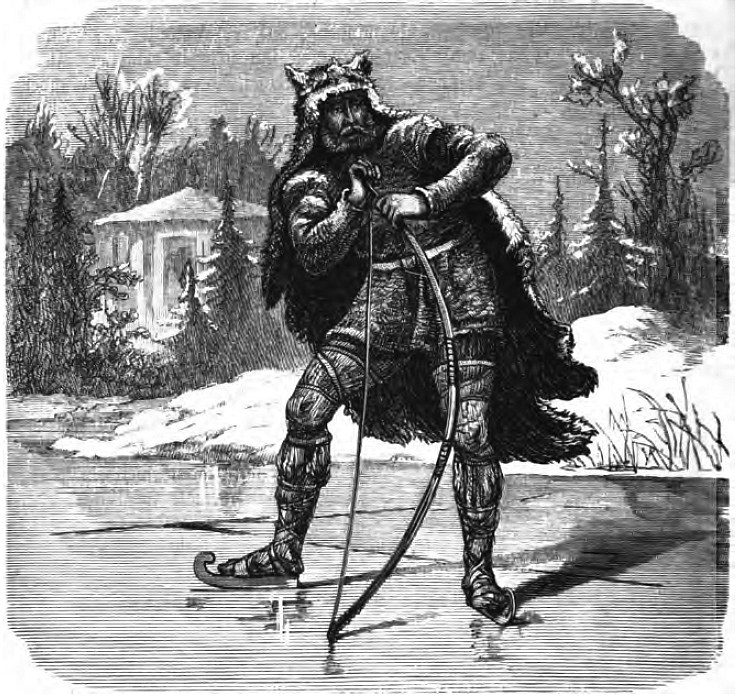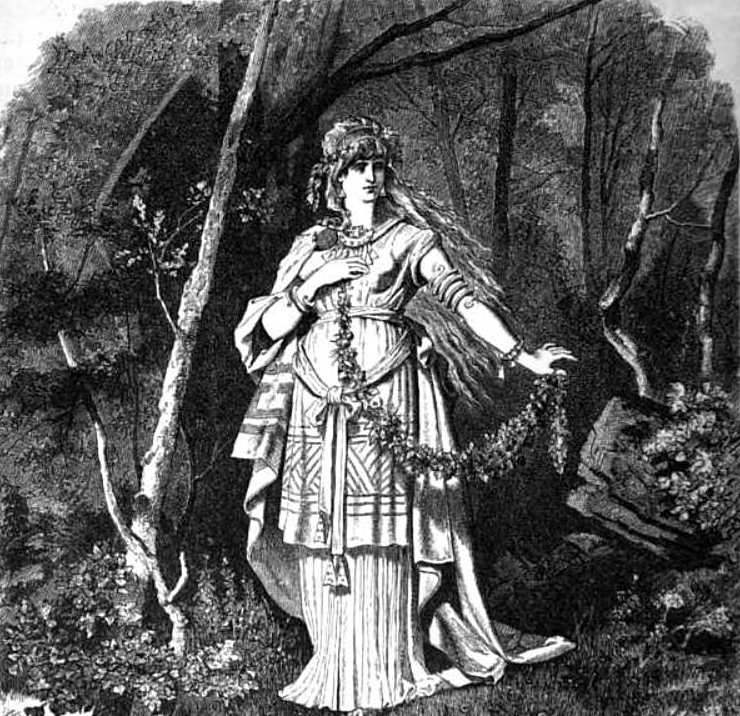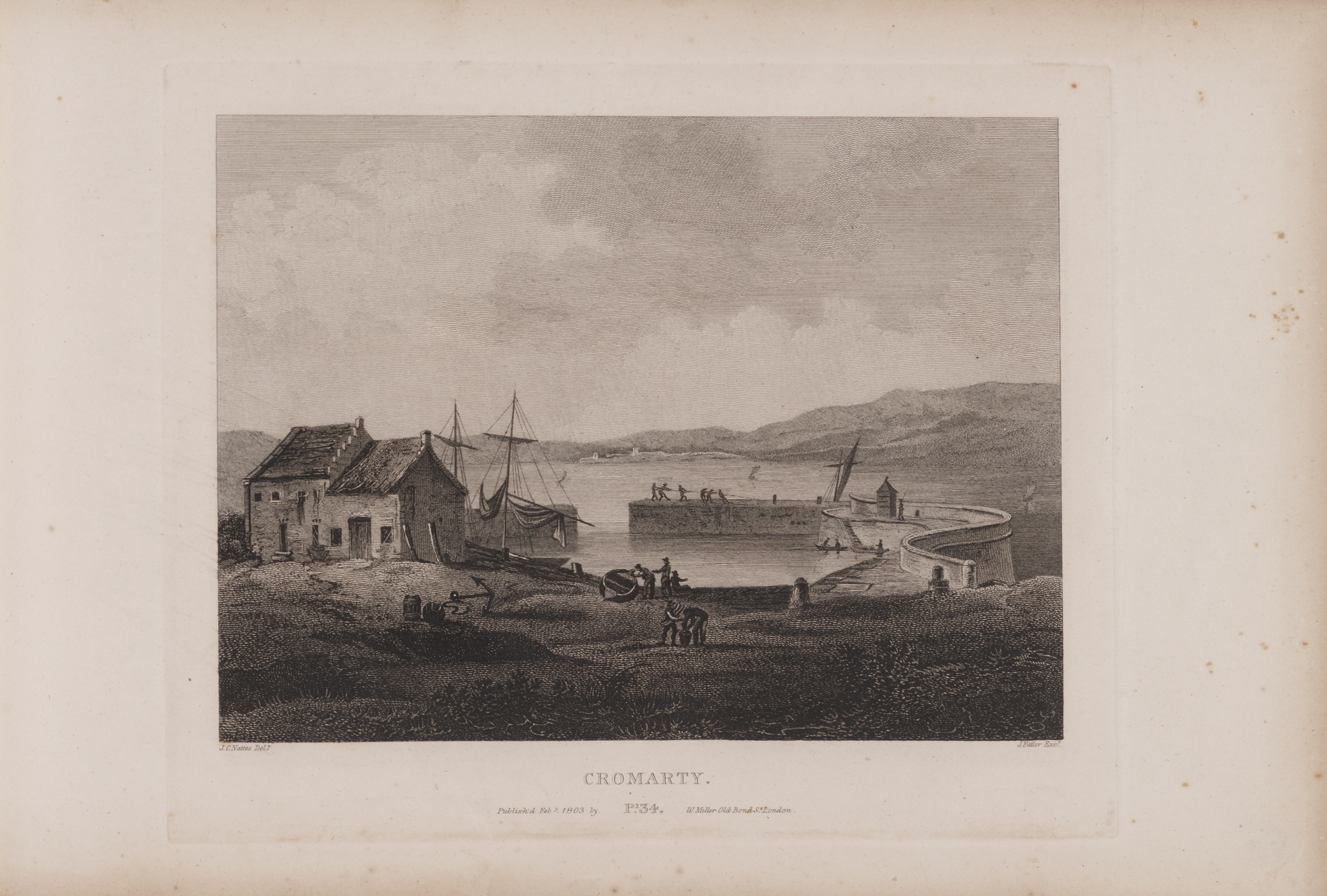|
├Ødalir
In Norse mythology, ├Ødalir (" yew- dales"Orchard (1997:185).) is a location containing a dwelling owned by the god Ullr. ├Ødalir is solely attested in the ''Poetic Edda'', compiled in the 13th century from earlier traditional sources. Scholarly theories have been proposed about the implications of the location. Attestations ├Ødalir is solely attested in stanza 5 of the poem ''Gr├Łmnism├Īl'' (collected in the ''Poetic Edda''), where Odin (disguised as '' Gr├Łmnir'') tells the young Agnar that Ullr owns a dwelling in ├Ødalir. The stanza reads (''├Ødalir'' is here translated as ''Ydalir''): :Ydalir it is called, where Ullr :has himself a dwelling made. : Alfheim the gods Frey gave :in days of yore for a tooth-gift.Thorpe (1907:21). Theories Discussing ├Ødalir, Henry Adams Bellows comments that "the wood of the yew-tree was used for bows in the North just as it was long afterwards for England."Bellows (2004:88). Rudolf Simek says that "this connexion of the god with the yew-tree ... [...More Info...] [...Related Items...] OR: [Wikipedia] [Google] [Baidu] |
Uller By W
In Norse mythology, Ullr (Old Norse: ) is a god associated with archery. Although literary attestations of Ullr are sparse, evidence including relatively ancient place-name evidence from Scandinavia suggests that he was a major god in earlier Germanic paganism. Proto-Germanic *''wul├Šuz'' (' glory') appears to have been an important concept of which his name is a reflex. The word appears as ''owl├Šu-'' on the 3rd-century Thorsberg chape. Name and origin The Old Norse theonym ''Ullr'' derives from a Proto-Germanic (PGmc) form reconstructed as ''*Wul├Šuz'' ('Glory'), which is attested in the compound ''owl├Šu-├Šewaz'' (ßø¤ßÜ╣ßøÜßÜ”ßÜóßÜ”ßø¢ßÜ╣ßÜ©ßøē), meaning either 'servant of ''Owl├Šuz''' (if interpreted as a theonym), or 'who has glorious servants' (if interpreted as an adjective), found on the Thorsberg chape (3rd c. AD). It is a cognate (linguistic sibling from the same origin) of the Gothic noun ''wul├Šus'' ('glory, wealth'). They ultimately derive from the Proto-Indo-Euro ... [...More Info...] [...Related Items...] OR: [Wikipedia] [Google] [Baidu] |
Ullr
In Norse mythology, Ullr (Old Norse: ) is a god associated with archery. Although literary attestations of Ullr are sparse, evidence including relatively ancient place-name evidence from Scandinavia suggests that he was a major god in earlier Germanic paganism. Proto-Germanic *''wul├Šuz'' (' glory') appears to have been an important concept of which his name is a reflex. The word appears as ''owl├Šu-'' on the 3rd-century Thorsberg chape. Name and origin The Old Norse theonym ''Ullr'' derives from a Proto-Germanic (PGmc) form reconstructed as ''*Wul├Šuz'' ('Glory'), which is attested in the compound ''owl├Šu-├Šewaz'' (ßø¤ßÜ╣ßøÜßÜ”ßÜóßÜ”ßø¢ßÜ╣ßÜ©ßøē), meaning either 'servant of ''Owl├Šuz''' (if interpreted as a theonym), or 'who has glorious servants' (if interpreted as an adjective), found on the Thorsberg chape (3rd c. AD). It is a cognate (linguistic sibling from the same origin) of the Gothic noun ''wul├Šus'' ('glory, wealth'). They ultimately derive from the Proto-Indo-Euro ... [...More Info...] [...Related Items...] OR: [Wikipedia] [Google] [Baidu] |
Álfheimr
In Norse cosmology, ├ülfheimr (Old Norse: , "Land of the Elves" or "Elfland"; anglicized as Alfheim), also called "Lj├│s├Īlfheimr" ( , "home of the Light Elves"), is home of the Light Elves. Attestations ├ülfheim as an abode of the Elves is mentioned only twice in Old Norse texts. The eddic poem ''Gr├Łmnism├Īl'' describes twelve divine dwellings beginning the stanza 5 with: ├Ødalir call they the place where Ull A hall for himself hath set; And ├ülfheim the gods to Frey once gave As a tooth-gift in ancient times. A tooth-gift was a gift given to an infant on the cutting of the first tooth. In the 12th century eddic prose ''Gylfaginning'', Snorri Sturluson relates it in the stanza 17 as the first of a series of abodes in heaven: That which is called ├ülfheim is one, where dwell the peoples called '' lj├│s├Īlfar'' ight Elves but the '' d├Čkk├Īlfar'' ark Elvesdwell down in the earth, and they are unlike in appearance, but by far more ... [...More Info...] [...Related Items...] OR: [Wikipedia] [Google] [Baidu] |
F├│lkvangr
In Norse mythology, F├│lkvangr (Old Norse: , "field of the host"Orchard (1997:45). or "people-field" or "army-field"Lindow (2001:118).) is a meadow or field ruled over by the goddess Freyja where half of those that die in combat go upon death, whilst the other half go to the god Odin in Valhalla. Others were also brought to F├│lkvangr after their death; ''Egils Saga'', for example, has a world-weary female character declare that she will never taste food again until she dines with Freya. F├│lkvangr is attested in the ''Poetic Edda'', compiled in the 13th century from earlier traditional sources, and the ''Prose Edda'', written in the 13th century by Snorri Sturluson. According to the ''Prose Edda'', within F├│lkvangr is Freyja's hall Sessr├║mnir. Scholarly theories have been proposed about the implications of the location. Attestations In the poem ''Gr├Łmnism├Īl'' collected in the ''Poetic Edda'', Odin (disguised, or '' Gr├Łmnir'') tells the young Agnar that Freyja allots seat ... [...More Info...] [...Related Items...] OR: [Wikipedia] [Google] [Baidu] |
Hilda Ellis Davidson
Hilda Roderick Ellis Davidson (born Hilda Roderick Ellis; 1 October 1914 ŌĆō 12 January 2006) was an English folklorist. She was a scholar at the University of Cambridge and The Folklore Society, and specialized in the study of Celtic and Germanic religion and folklore. A graduate of Newnham College, Cambridge, Davidson was a Fellow at Lucy Cavendish College, Cambridge, throughout much of her career. She specialized in the interdisciplinary study of Celtic, Anglo-Saxon and Old Norse religion and folklore, on which she was the author of numerous influential works. Davidson was a prominent member of The Folklore Society, and played an active role in the growth of folklore studies as a scientific discipline. Throughout her career, Davidson tutored a significant number of aspiring scholars in her fields of study, and was particularly interested in encouraging gifted women to pursue scholarly careers. Early life Hilda Ellis Davidson was born in Bebington, Cheshire, England, on 1 ... [...More Info...] [...Related Items...] OR: [Wikipedia] [Google] [Baidu] |
Orion Publishing Group
Orion Publishing Group Ltd. is a UK-based book publisher. It was founded in 1991 and acquired Weidenfeld & Nicolson the following year. The group has published numerous bestselling books by notable authors including Ian Rankin, Michael Connelly, Nemir Kirdar and Quentin Tarantino. History Orion Books was launched in 1992, with Orion purchasing the assets of Chapman publishers the following year. In the same year (1993), Orion acquired a warehousing and distribution centre called Littlehampton Book Services (LBS), which was based in Sussex in the UK. A majority share capital of Orion was sold to Hachette Livre in 1998, before Hachette Livre became the sole owner of the Orion Publishing Group in 2003. In December 1998, Orion acquired publishing house Cassell, whose imprints included Victor Gollancz Ltd. This imprint became a part of the Orion group and Orion also took ownership of the Cassell Military list. After acquiring Hodder Headline, Hachette UK was formed, with Orion as its ... [...More Info...] [...Related Items...] OR: [Wikipedia] [Google] [Baidu] |
Norr┼ōna Society
The Norr┼ōna Society was an organization dedicated to Northern European culture, that published sets of reprints of classic 19th-century editions, mostly translations, of Old Norse literary and historical works, Northern European folklore, and medieval literature. The society was founded toward the end of the 19th century and ceased publications early in the 20th century. Historical background The Norr┼ōnna Society was founded around 1896 as "a federation of Anglo-Nordic men of letters", by King Oscar II of Norway and Sweden for the purpose of ŌĆ£resurrecting, reproducing, collecting and collating or indexing every thing that pertained to the early history of the Anglo Saxon, Celtic, Teutonic, and Scandinavian racesŌĆöto furnish the people of Northern Europe with their own vital history.ŌĆØ Under his ├”gis, the society grew rapidly, becoming international in scope, represented in London, Stockholm, Copenhagen, New York City and Berlin. In Great Britain, where the name of t ... [...More Info...] [...Related Items...] OR: [Wikipedia] [Google] [Baidu] |
Benjamin Thorpe
Benjamin Thorpe (1782 ŌĆō 19 July 1870) was an English scholar of Anglo-Saxon literature. Biography In the early 1820s he worked as a banker in the House of Rothschild, in Paris. There he met Thomas Hodgkin, who treated him for tuberculosis. After studying for four years at Copenhagen University, under the Danish philologist Rasmus Christian Rask, Thorpe returned to England in 1830. In a few years he established a reputation as an Anglo-Saxon scholar. In recognition of unremunerative work, Thorpe was granted a civil list pension of ┬Ż160 in 1835, and on 17 June 1841 this was increased to ┬Ż200 per annum. He was a Fellow of the Society of Antiquaries of London, a member of the Royal Academy of Sciences at Munich, and of the Society of Netherlandish Literature at Leyden He died at Chiswick in July 1870. Bibliography In 1830 Thorpe brought out at Copenhagen an English version of Rask's ''Anglo-Saxon Grammar'' (a second edition of this appeared at London). That same year he move ... [...More Info...] [...Related Items...] OR: [Wikipedia] [Google] [Baidu] |
Scotland
Scotland (, ) is a country that is part of the United Kingdom. Covering the northern third of the island of Great Britain, mainland Scotland has a border with England to the southeast and is otherwise surrounded by the Atlantic Ocean to the north and west, the North Sea to the northeast and east, and the Irish Sea to the south. It also contains more than 790 islands, principally in the archipelagos of the Hebrides and the Northern Isles. Most of the population, including the capital Edinburgh, is concentrated in the Central BeltŌĆöthe plain between the Scottish Highlands and the Southern UplandsŌĆöin the Scottish Lowlands. Scotland is divided into 32 administrative subdivisions or local authorities, known as council areas. Glasgow City is the largest council area in terms of population, with Highland being the largest in terms of area. Limited self-governing power, covering matters such as education, social services and roads and transportation, is devolved from the Scott ... [...More Info...] [...Related Items...] OR: [Wikipedia] [Google] [Baidu] |
Cromarty
Cromarty (; gd, Cromba, ) is a town, civil parish and former royal burgh in Ross and Cromarty, in the Highland area of Scotland. Situated at the tip of the Black Isle on the southern shore of the mouth of Cromarty Firth, it is seaward from Invergordon on the opposite coast. In the 2001 census, it had a population of 719. History The name ''Cromarty'' variously derives from the Gaelic ''crom'' (crooked), and from ''bati'' (bay), or from ''├Ārd'' (height), meaning either the "crooked bay", or the "bend between the heights" (referring to the high rocks, or Sutors, which guard the entrance to the Firth), and gave the title to the Earldom of Cromartie. In 1264, its name was ''Crumbathyn''. Cromarty is a sea port, and its economy was closely linked to the sea for most of its history. Fishing was the major industry, with salmon stations around the surrounding coast, and boats going out to catch herring. Other trade was also by boat: Cromarty's connections to surrounding towns were l ... [...More Info...] [...Related Items...] OR: [Wikipedia] [Google] [Baidu] |
Freyja
In Norse paganism, Freyja (Old Norse "(the) Lady") is a goddess associated with love, beauty, fertility, sex, war, gold, and sei├░r (magic for seeing and influencing the future). Freyja is the owner of the necklace Br├Łsingamen, rides a chariot pulled by two cats, is accompanied by the boar Hildisv├Łni, and possesses a cloak of falcon feathers. By her husband ├ō├░r, she is the mother of two daughters, Hnoss and Gersemi. Along with her twin brother Freyr, her father Nj├Čr├░r, and her mother ( Nj├Čr├░r's sister, unnamed in sources), she is a member of the Vanir. Stemming from Old Norse ''Freyja'', modern forms of the name include Freya, Freyia, and Freja. Freyja rules over her heavenly field, F├│lkvangr, where she receives half of those who die in battle. The other half go to the god Odin's hall, Valhalla. Within F├│lkvangr lies her hall, Sessr├║mnir. Freyja assists other deities by allowing them to use her feathered cloak, is invoked in matters of fertility and love, and is fre ... [...More Info...] [...Related Items...] OR: [Wikipedia] [Google] [Baidu] |








